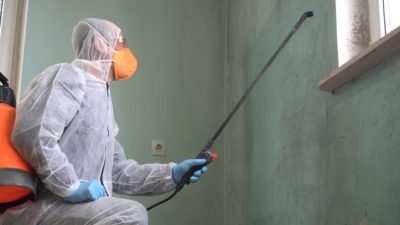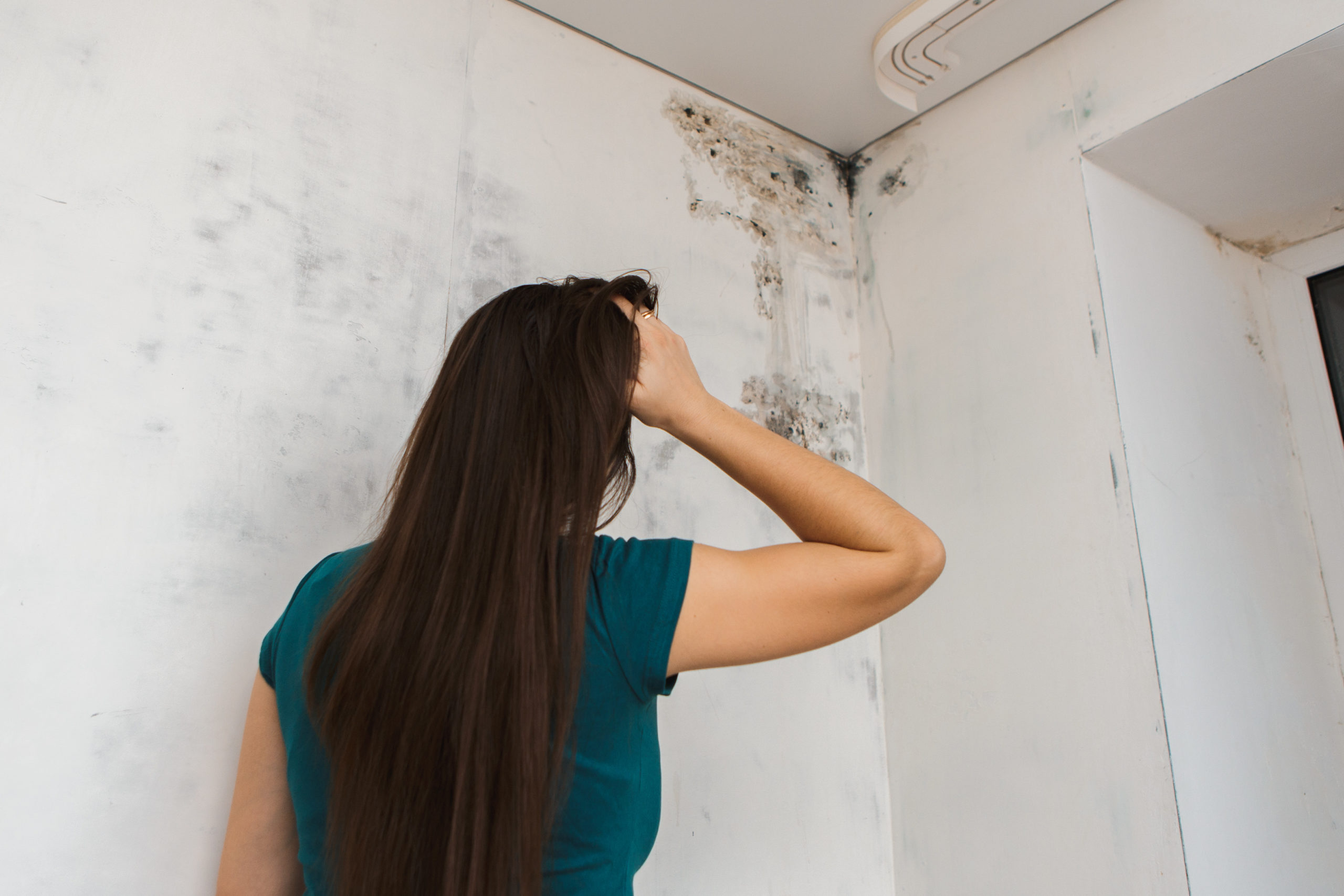Molds are all around us, and some are good while others are bad. Many people think all types of mold are harmful to health. But some varieties are beneficial and even essential for producing mushrooms, penicillin, blue cheese, bread, and more.
Although they play an essential role in the environment, molds that grow inside homes are considered undesirable. There are thousands of mold varieties present in the world, and some affect our health more than others. Here are the most common types of molds that are seen in homes and how they negatively impact our health.
- Acremonium: Found in moist areas like leaky windows, humidifiers, and drain pans, acremonium is one of the deadliest household molds because it can impair brain function and cause disorders in the immune system, bone marrow, and other organs of the body.
- Alternaria: One of the most common allergenic molds, alternaria must be quickly remediated because it can cause asthma-like symptoms. Alternaria grows in damp areas of the home such as leaking sinks, showers, and bathtubs.
- Aspergillus: Another type of allergenic mold, aspergillus can become more toxic if left untreated. Certain species of aspergillus can produce a carcinogen known as aflatoxins.
- Aureobasidium: You and your family should steer clear of aureobasidium, a mold that grows behind wooden surfaces and wallpapers. Aureobasidium can cause dermatitis, as well as eye and nail infections.
- Chaetomium: If your property suffers from water damage, you may have chaetomium growing in your home. Chaetomium not only causes nail and skin infections, but the mycotoxins produced by this mold is also hazardous for immuno-compromised individuals.
- Cladosporium: A type of mold that causes lung and skin irritations, cladosporium can be found in carpets and upholsteries. They are also found in cupboards and floorboards.
- Fusarium: Both allergenic and toxigenic, fusarium is another deadly type of mold that grows on wallpaper, fabric, and other home materials damaged by water. Fusarium exposure can cause dermatitis, allergic reactions, bone infection, and damage to the nervous system.
- Mucor: This mold has adverse effects on the respiratory system, and prolonged exposure can be fatal. Mucor can cause mucormycosis, which is a fungal infection that damages the lungs and brain.
- Penicillin: The spores of penicillin can be inhaled and cause asthma and inflammation of the respiratory system. Penicillin usually grows in areas of the home with water damage.
- Stachybotrys: Known as the “black mold,” stachybotrys is one of the most toxic varieties of mold because of the mycotoxins it produces. Exposure to stachybotrys causes different health problems, such as migraines, lung problems, and neurological disorders.
- Trichoderma: The colonies of trichoderma quickly grow in damp areas of the home. Trichoderma can produce mycotoxins that can lead to pulmonary and liver disorders.
- Ulocladium: Often confused with chaetomium, fusarium, and stachybotrys, ulocladium can cause asthma-like symptoms and skin infections.
What Should You Do If You Find Mold In Your Home?
Exposure to toxic mold is dangerous for you and your family’s health. If there is a presence of mold in your house, it is pertinent to seek professional mold remediation help from http://www.puremaintenanceofwashington.com/mold-remediation as soon as possible.
Which Type of Mold Removal Should You Use?
DIY mold removal is useful only for non-toxic and non-pathogenic mold. But if you suffer from extensive and toxic mold problems, you must hire a professional mold remediation company immediately.

Professional mold removal services offered by different service providers can vary. You will likely encounter service providers offering traditional mold removal methods and dry fog mold removal – but which type should you opt for?
Traditional Versus Dry Fog Removal
Traditional mold removal companies will come to your home and inspect the areas affected by mold. The first thing that they will do is test your home for mold. The entire inspection may take an hour or so. A reputable service provider will check the air quality of your home to determine if there are airborne spores. They will also inspect if there is any mold growth or water damage in the materials used in your home.
The samples gathered in your household will be examined at a laboratory to find out if there is a toxic mold present. If the results indicate that there are harmful mold species in the property, the service provider will make a recommendation to resolve the mold problem. Most of the time, it involves removing the carpets, floor panels, walls, or any material that was infected by mold. If the mold has been successfully remediated, a final air examination will be performed to ensure that your home is free from any toxic mold. In a nutshell, traditional methods involve demolishing and rebuilding, which can be quite expensive and time-consuming.
How Can You Benefit From Dry Fog Mold Removal?
Professional remediation companies that use dry fog technology can eliminate mold without any requirement for demolition or repair. Dry fog is a patented technology that resolves all mold problems by infusing your property with tiny particles of EPA-approved sterilant that removes mold, viruses, and bacteria. Here’s how you will benefit from choosing dry fog mold removal in your home:
- Faster and non-toxic: With dry fog mold removal, pathogenic and toxic mold can be removed in as little as a few hours. Plus, dry fog technology only uses the safest products for mold removal, so there are no adverse effects on humans and animals.
- Effective but non-intrusive: Professional mold remediation companies that utilize dry fog to eliminate molds will not demolish your home to do their jobs. This means you do not have to worry about contractor costs following the mold removal process. Removing mold through dry fog is so effective that your home will be free from any mold, viruses, and bacteria 4 hours after the treatment.
Conclusion
Mold remediation is an important step to resolve mold problems at home. However, it’s crucial to choose a mold remediation method that is non-toxic, non-invasive, fast, and effective. Before selecting the type of mold removal required, it is best to weigh the pros and cons of different types of mold remediation methods. Understanding the benefits and drawbacks will help you come up with a sound and informed decision.

















